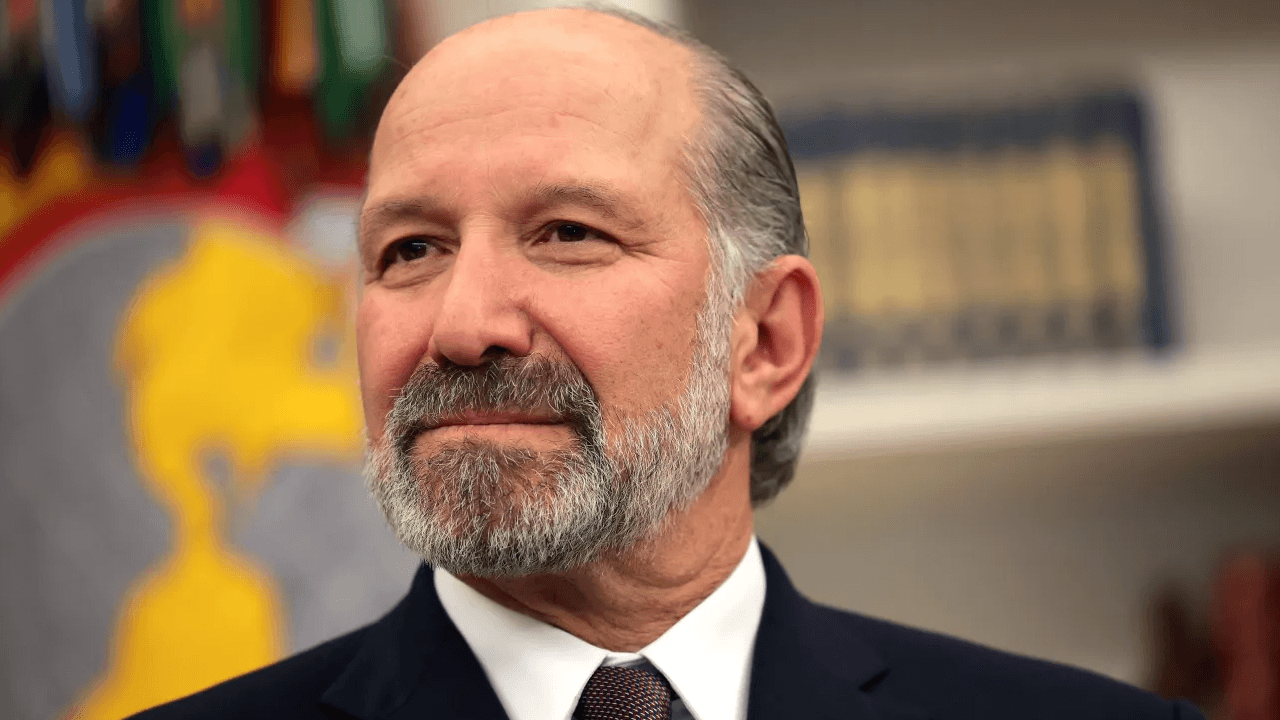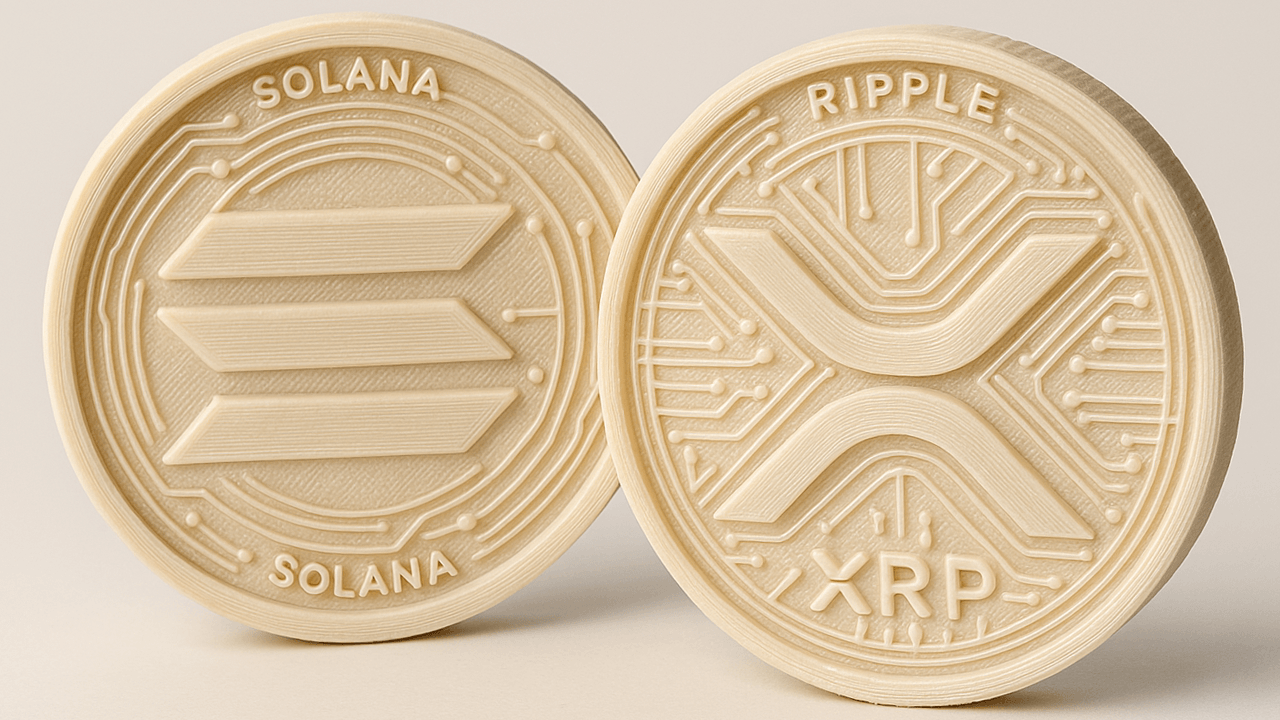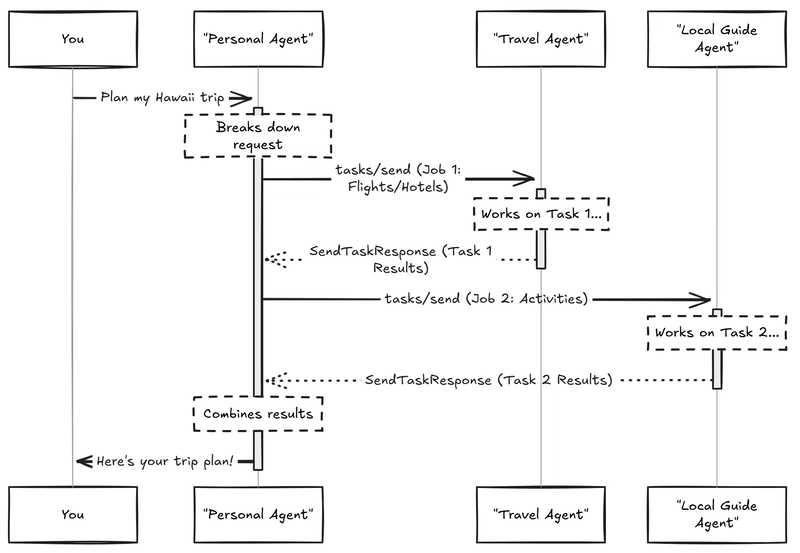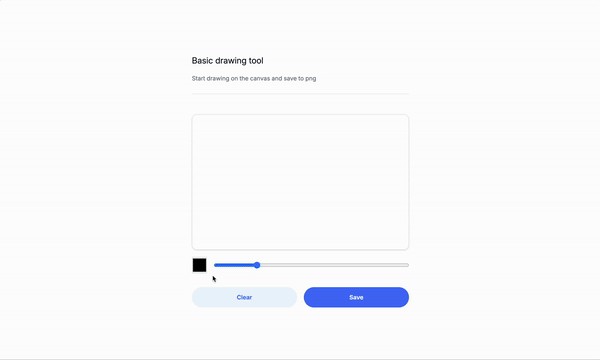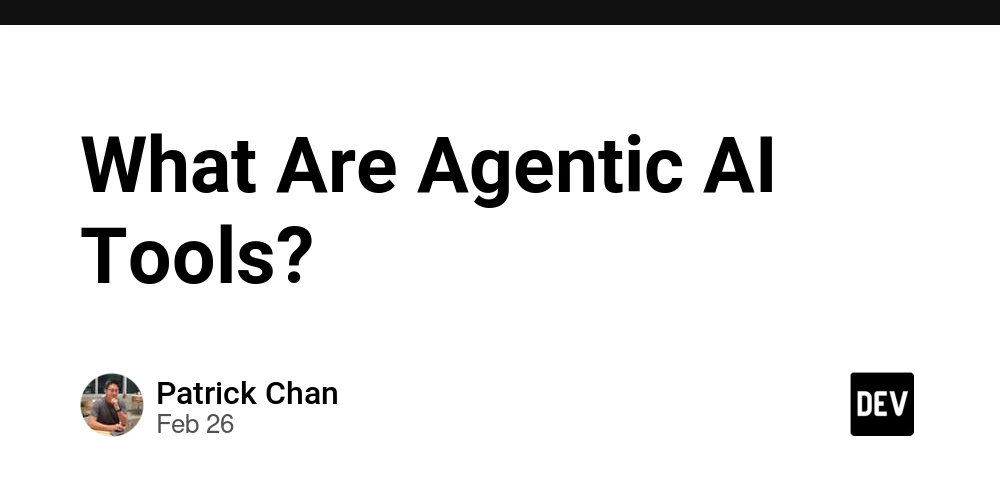A2A Protocol Simply Explained: Here are 3 key differences to MCP!
Imagine a world where your AI assistants don't just work FOR you, but work WITH each other! Google's Agent-to-Agent (A2A) protocol promises to turn solo AI performers into collaborative team players. But how does it stack up against Anthropic's Model Context Protocol (MCP)? Time to break down the buzz! Introduction: The Dawn of Collaborative AI Think about how you work with colleagues on complex projects. You share information, ask questions, and build on each other's expertise. Now imagine your AI assistants doing the same thing—not just working in isolation, but actively collaborating to solve your problems. That's exactly what Google is aiming for with their new Agent-to-Agent (A2A) protocol, released on April 9, 2025. Instead of each AI assistant being a lone worker, A2A turns them into team players. Your research assistant could seamlessly pass findings to your writing assistant, or your travel planner could check with your finance assistant to ensure hotel options fit your budget—all without you having to play middleman. The developer community is clearly excited—over 7,000 GitHub stars in just days after launch says it all. But this isn't the first attempt at getting AI systems to work together. Anthropic introduced their Model Context Protocol (MCP) with similar goals not long ago. So what's a developer to make of these options? Is A2A just MCP with a different name? Should you invest time learning one over the other? Or do they serve different purposes entirely? In this simple tutorial, I'll cut through the marketing hype to: Explain both protocols in plain language anyone can understand Highlight the 3 technical differences that impact how you'll use them Reveal how these protocols might actually complement rather than compete with each other No technical jargon overload—just clear insights into how these protocols are reshaping AI collaboration. By the end, you'll understand exactly what A2A brings to the table that MCP doesn't (and vice versa). Ready to see what all the buzz is about? Let's dive in! MCP vs. A2A: Explained to Grandmother Imagine you're planning a dream vacation to Hawaii. There's so much to figure out! You need to: Check weather forecasts to pick the best month Find flights within your budget Plan activities based on local recommendations Convert your dollars to understand local prices That's a lot of different tasks requiring different expertise! Now, suppose you have an AI assistant like Claude to help you. You ask, "Claude, what's the weather like in Maui next week?" But here's the problem: Claude was trained on older data and doesn't know today's weather or next week's forecast. It's like asking your smart friend about the weather in a city they haven't visited recently – they simply don't know! This is where our two important standards come in to save the day. MCP: Giving AI Assistants Super Powers Model Context Protocol (MCP) is like giving any AI assistant the ability to use specialized tools when needed. Before MCP, the conversation might go like this: You: "What's the weather in Maui next week?" Claude: "I don't have access to real-time weather data or forecasts. You'd need to check a weather service for that information." Pretty disappointing, right? But with MCP: You: "What's the weather in Maui next week?" Claude: [internally uses MCP to connect to a weather service] "According to the latest forecast, Maui will be sunny with temperatures around 82°F next week, with a brief shower expected on Wednesday afternoon." What's actually happening behind the scenes is like a magic trick with four simple steps: Discover Available Superpowers: Claude peeks into its toolbox asking, "What cool gadgets do I have today?" and discovers there's a weather service ready to use! (Code Reference: Uses list_tools method) Make the Perfect Request: Claude crafts a crystal-clear message: "Hey Weather Tool, what's the forecast for Maui next week?" (but in computer-speak) (Code Reference: Uses call_tool) Get the Expert Answer: The weather service does its weather-magic and replies: "Maui: 82°F, sunny, with a sprinkle on Wednesday!" (Code Reference: Uses Tool.run) Translate to Human-Friendly: Claude takes this weather-speak and turns it into a friendly, conversational response just for you (Code Reference: Gets result from call_tool) The magic here is that MCP provides a standard way for ANY AI assistant to connect to ANY tool. It's like creating a universal adapter that works with all appliances and all power outlets. For tool builders, this means they only need to build their weather API, calculator, or email sender once following the MCP standard, and it will work with Claude, GPT, Gemini, or any other MCP-compatible assistant. For users like you and grandma, it means your AI can suddenly do all sorts of things it couldn't do before - check real-time weather, send actual emails, book real appointments, all without being expli

Imagine a world where your AI assistants don't just work FOR you, but work WITH each other! Google's Agent-to-Agent (A2A) protocol promises to turn solo AI performers into collaborative team players. But how does it stack up against Anthropic's Model Context Protocol (MCP)? Time to break down the buzz!
Introduction: The Dawn of Collaborative AI
Think about how you work with colleagues on complex projects. You share information, ask questions, and build on each other's expertise. Now imagine your AI assistants doing the same thing—not just working in isolation, but actively collaborating to solve your problems.
That's exactly what Google is aiming for with their new Agent-to-Agent (A2A) protocol, released on April 9, 2025. Instead of each AI assistant being a lone worker, A2A turns them into team players. Your research assistant could seamlessly pass findings to your writing assistant, or your travel planner could check with your finance assistant to ensure hotel options fit your budget—all without you having to play middleman. The developer community is clearly excited—over 7,000 GitHub stars in just days after launch says it all. But this isn't the first attempt at getting AI systems to work together. Anthropic introduced their Model Context Protocol (MCP) with similar goals not long ago.
So what's a developer to make of these options? Is A2A just MCP with a different name? Should you invest time learning one over the other? Or do they serve different purposes entirely?
In this simple tutorial, I'll cut through the marketing hype to:
- Explain both protocols in plain language anyone can understand
- Highlight the 3 technical differences that impact how you'll use them
- Reveal how these protocols might actually complement rather than compete with each other
No technical jargon overload—just clear insights into how these protocols are reshaping AI collaboration. By the end, you'll understand exactly what A2A brings to the table that MCP doesn't (and vice versa). Ready to see what all the buzz is about? Let's dive in!
MCP vs. A2A: Explained to Grandmother
Imagine you're planning a dream vacation to Hawaii. There's so much to figure out! You need to:
- Check weather forecasts to pick the best month
- Find flights within your budget
- Plan activities based on local recommendations
- Convert your dollars to understand local prices
That's a lot of different tasks requiring different expertise! Now, suppose you have an AI assistant like Claude to help you. You ask, "Claude, what's the weather like in Maui next week?"
But here's the problem: Claude was trained on older data and doesn't know today's weather or next week's forecast. It's like asking your smart friend about the weather in a city they haven't visited recently – they simply don't know! This is where our two important standards come in to save the day.
MCP: Giving AI Assistants Super Powers
Model Context Protocol (MCP) is like giving any AI assistant the ability to use specialized tools when needed.
Before MCP, the conversation might go like this:
You: "What's the weather in Maui next week?"
Claude: "I don't have access to real-time weather data or forecasts. You'd need to check a weather service for that information."
Pretty disappointing, right? But with MCP:
You: "What's the weather in Maui next week?"
Claude: [internally uses MCP to connect to a weather service] "According to the latest forecast, Maui will be sunny with temperatures around 82°F next week, with a brief shower expected on Wednesday afternoon."
What's actually happening behind the scenes is like a magic trick with four simple steps:
Discover Available Superpowers: Claude peeks into its toolbox asking, "What cool gadgets do I have today?" and discovers there's a weather service ready to use!
(Code Reference: Uses list_tools method)Make the Perfect Request: Claude crafts a crystal-clear message: "Hey Weather Tool, what's the forecast for Maui next week?" (but in computer-speak)
(Code Reference: Uses call_tool)Get the Expert Answer: The weather service does its weather-magic and replies: "Maui: 82°F, sunny, with a sprinkle on Wednesday!"
(Code Reference: Uses Tool.run)Translate to Human-Friendly: Claude takes this weather-speak and turns it into a friendly, conversational response just for you
(Code Reference: Gets result from call_tool)
The magic here is that MCP provides a standard way for ANY AI assistant to connect to ANY tool. It's like creating a universal adapter that works with all appliances and all power outlets.
For tool builders, this means they only need to build their weather API, calculator, or email sender once following the MCP standard, and it will work with Claude, GPT, Gemini, or any other MCP-compatible assistant.
For users like you and grandma, it means your AI can suddenly do all sorts of things it couldn't do before - check real-time weather, send actual emails, book real appointments, all without being explicitly programmed for each task.
A2A: Assembling Your AI Dream Team
But what about that complex Hawaii trip planning? You need more than just weather data - you need specialized expertise in flights, hotels, activities, budgeting, and more. This is where Agent-to-Agent (A2A) protocol shines. While MCP connects an AI to tools, A2A connects specialized AI assistants to each other.
Imagine having a travel dream team:
- A flight-finding specialist who knows every airline and route
- A hotel expert who can match accommodations to your preferences
- A local guide specialist familiar with Hawaiian activities and culture
- A budget manager who helps keep spending in check
With A2A, your personal assistant can delegate specific parts of your vacation planning to these specialists, then collect and organize their expert answers.
Before A2A, the conversation might go like this:
You: "Plan my 5-day trip to Hawaii in June with a $3000 budget."
Personal Assistant: "I can provide some general recommendations, but I don't have access to current flight prices or hotel availability. For activities, I can suggest popular options, but can't confirm if they'll fit your specific dates or budget."
Not very helpful for actually booking your dream vacation! But with A2A:
You: "Plan my 5-day trip to Hawaii in June with a $3000 budget."
Personal Assistant: [internally delegates to specialist agents] "I've prepared a complete 5-day Hawaii itinerary for June! Your round-trip flights from LAX ($650) plus the beachfront hotel in Maui ($1200) leave $1150 for activities. I've scheduled snorkeling at Molokini Crater on day 2 ($145/person), a traditional luau on day 3 ($120/person), and the Road to Hana tour on day 4 ($210/person). That leaves about $675 for meals and souvenirs. Would you like me to book any of these options?"
Behind the scenes, your personal assistant uses A2A to orchestrate this vacation symphony:
Find the Right Experts: Your Personal Assistant flips through its digital Rolodex of "business cards" (AgentCard) to see which specialist agents can help with travel, activities, and budgeting. (Code Reference: Uses A2ACardResolver to fetch the card)
-
Divide and Conquer: The Personal Assistant splits your vacation dream into manageable pieces:
- Job 1: Find flights/hotels → Travel Agent
- Job 2: Suggest activities → Local Guide Agent
- Job 3: Check budget → Budget Agent
-
Assign the Flight Mission:
- The Personal Assistant wraps Job 1 into a neat digital package (Task) with a tracking number like "task-123"
- It ships this package to the Travel Agent using the
tasks/sendcommand (Code Reference: Uses A2AClient.send_task with TaskSendParams) - The Travel Agent gets to work hunting for the perfect flights and hotels!
- Personal Assistant → Travel Agent: "Find affordable flights to Hawaii from LAX and hotel options in Maui for 5 days in June, for a couple with a total budget of $3000."
- Travel Agent → Personal Assistant: "Found round-trip LAX to OGG (Maui) for $650/person on Hawaiian Airlines. The Aloha Beach Resort has rooms for $240/night, totaling $1200 for 5 nights. Both options include free cancellation."
-
Repeat for Activities and Budget:
- The Personal Assistant does the same package-and-send dance for the other jobs, giving each specialist their own mission and tracking number.
- Personal Assistant → Local Guide: "What are the best activities for a couple in Maui for 5 days in June with about $1150 left after flights and hotel?"
- Local Guide → Personal Assistant: "Recommended activities: Molokini Crater snorkeling ($145/pp), traditional luau at the Old Lahaina Luau ($120/pp), and Road to Hana guided tour ($210/pp). These are highly rated and available in June."
- Personal Assistant → Budget Agent: "Does this plan fit within $3000: $650 flights, $1200 hotel, $475 for main activities, plus food and souvenirs?"
- Budget Agent → Personal Assistant: "The essentials total $2325, leaving $675 for meals and souvenirs. This is approximately $135/day for food and extras, which is reasonable for Hawaii if you mix restaurant meals with more affordable options."
-
Play the Waiting Game:
- Just like tracking a delivery, the Personal Assistant periodically asks, "Is task-123 done yet?" using the
tasks/getcommand (Code Reference: Uses A2AClient.get_task) - When an agent responds with "completed" (TaskStatus, TaskState), the Personal Assistant grabs the goodies in the response package (Artifact).
- Just like tracking a delivery, the Personal Assistant periodically asks, "Is task-123 done yet?" using the
Create Vacation Magic: The Personal Assistant weaves together all the expert recommendations into one beautiful, ready-to-enjoy vacation plan just for you!
Your personal assistant then compiles all this specialist knowledge into one cohesive trip plan. The entire process is seamless to you - you just get a complete, expert-crafted vacation itinerary!
The Beautiful Combination
The real magic happens when MCP and A2A work together:
- Your personal assistant uses A2A to connect with specialized AI agents
- Each specialized agent uses MCP to connect with specific tools they need
- The result is a network of AI assistants, each with their own superpowers, all working together on your behalf
It's like having both a team of expert consultants (A2A) AND giving each consultant their own specialized equipment (MCP). Together, they can accomplish complex tasks that no single AI could handle alone.
The key difference is who's talking to whom:
- MCP: AI assistants talking to tools (Claude + weather service)
- A2A: AI assistants talking to other AI assistants (Trip planner + hotel expert)
And the best part? Build once, connect anywhere. These standards ensure that new tools and new assistants can join the ecosystem without requiring custom code for each possible combination.
To see minimal working code examples of these protocols in action:
- For a simple MCP implementation, check out the PocketFlow MCP Example
- For a basic A2A implementation, visit the PocketFlow A2A Example
Beyond Tools vs. Agents: The Real Technical Differences
That whole "MCP talks to tools, A2A talks to agents" explanation? It's a good start, but if you're hungry for more, you might be thinking, "Wait, isn't that too simplistic?"
You'd be right! The boundary between "tools" and "agents" is actually pretty fuzzy. In fact, as OpenAI's documentation shows, you can even use entire agents as tools! Imagine asking your AI assistant to use another AI assistant as a tool - it gets meta pretty quickly.
If you're not satisfied with the surface-level explanation and want to dig deeper, you're in the right place. Let's peel back the layers and look at the actual code-level differences that make these protocols fundamentally distinct - beyond just who's talking to whom!
Quick disclaimer: What follows is Zach's personal understanding of these differences based on working with both protocols. I could be wrong about some details! If you spot something off, drop me a note - I'm all about learning together here.
Difference 1: Natural Language vs. Structured Schema
With A2A, you simply say "How much is 100 USD in Canadian dollars?" With MCP, you need to match exactly what the currency tool expects - like {"currency_from": "USD", "currency_to": "CAD", "amount": 100}. It's a completely different approach to communication!
A2A's Human-Like Communication
A2A embraces natural language just like we humans talk to each other:
# A2A Client sending a task
user_message = Message(
role="user",
parts=[TextPart(text="How much is 100 USD in CAD?")]
)
The receiving agent interprets this request however it's able to - just like when you ask a friend for help. There's no strict format required.
MCP's Precise Parameter Requirements
MCP, on the other hand, demands exact parameters that match a predefined schema:
# MCP Client calling a tool
tool_name = "get_exchange_rate"
# Must match EXACTLY what the tool expects
arguments = {"currency_from": "USD", "currency_to": "CAD"}
If you don't provide exactly what the tool expects (maybe it wants "from_currency" instead of "currency_from"), the call fails. No wiggle room here!
Why This Matters
Think about calling customer service. With A2A, it's like talking to a helpful representative who can understand your problem even if it doesn't fit neatly into categories. With MCP, it's like filling out a rigid form that only accepts specific inputs in specific fields.
The natural language approach of A2A means it can handle "out of the box" requests and adapt to new situations - like asking "Is $100 USD enough for dinner for two in Toronto?" A natural language agent can figure out this requires currency knowledge plus local restaurant pricing. Meanwhile, MCP's strict schema approach means reliable, predictable results - perfect when you need exact answers to standard questions.
Difference 2: Task Lifecycle vs. Function Calls
A2A treats work as complete tasks with a lifecycle, while MCP treats them as individual function calls. It's like the difference between a project manager (A2A) and a calculator (MCP).
A2A's Multi-Stage Task Management
A2A is built around the concept of a "Task" that has a complete lifecycle with multiple states:
# A2A Task has explicit states in its lifecycle
{
"id": "task123",
"status": {
"state": "running", # Can be: pending → running → completed/failed
"startTime": "2025-04-12T10:30:00Z"
},
"artifacts": [...] # Partial results as they're created
}
Tasks can flow naturally through different states - they can start, require more input, produce partial results, and eventually complete or fail. The protocol itself manages this lifecycle, making it perfect for complex, multi-stage work with uncertainty.
MCP's Single-Stage Operations
MCP operations are fundamentally single-stage - they either succeed or fail:
# MCP has no built-in "in-progress" or "needs more input" states
result = client.call_tool("get_exchange_rate", {"from": "USD", "to": "CAD"})
# If arguments are invalid or missing, it simply fails with an error
# There's no protocol-level "input-required" state
If a tool needs more information, it can't request it within the protocol - it must either return an error or the client application must handle creating a new, separate request. Progress updates are optional add-ons, not core to the operation's lifecycle.
Why This Matters
Think about renovating a house vs. using individual tools. A2A is like hiring a contractor who manages the entire renovation project - they'll handle all the stages, give you updates, and work through unexpected issues. MCP is like calling individual specialists - the plumber does one thing, the electrician another, with no one tracking the overall project.
A2A shines for complex, multi-stage work where there's uncertainty and a need for adaptability. Research projects, creative work, and problem-solving all fit this model.
MCP excels when you need precise, individual operations with predictable inputs and outputs - calculations, data retrievals, and specific transformations.
Difference 3: High-Level Skills vs. Specific Functions
A2A describes what agents can do in general terms, while MCP spells out exactly what functions are available and how to call them.
A2A's Capability Descriptions
A2A describes an agent's abilities in high-level, flexible terms:
# A2A AgentCard example
agent_skill = AgentSkill(
id="research_capability",
name="Research and Analysis",
description="Can research topics and provide analysis.",
examples=[
"Research quantum computing advances",
"Analyze market trends for electric vehicles"
]
# Notice: no schema for how to invoke these skills!
)
It's like a resume that tells you what someone is good at, not exactly how to assign them work.
MCP's Function Specifications
MCP precisely defines each available function:
# MCP tool definition
{
"name": "get_exchange_rate",
"description": "Get exchange rate between currencies",
"inputSchema": {
"type": "object",
"properties": {
"currency_from": {"type": "string"},
"currency_to": {"type": "string"}
},
"required": ["currency_from", "currency_to"]
}
}
It's like an instruction manual that leaves nothing to interpretation.
Why This Matters
Think about delegating work. A2A is like telling a team member "You're in charge of the research portion of this project" - they'll figure out the details based on their expertise. MCP is like giving exact step-by-step instructions: "Search these three databases using these exact terms and format the results this way."
A2A's approach allows for creativity, initiative, and handling unexpected situations. The agent can adapt its approach based on what it discovers along the way.
MCP's approach ensures consistency, predictability, and precise control over exactly what happens and how.
The Philosophy Difference
These three technical differences reflect fundamentally different visions of AI collaboration:
- MCP's Philosophy: "Tell me EXACTLY what you want done and how to do it."
- A2A's Philosophy: "Tell me WHAT you want accomplished, I'll figure out HOW."
Think of MCP as building with Lego pieces - precise, predictable, combinable in clear ways. A2A is more like clay - flexible, adaptable, able to take forms you might not have initially imagined.
The beauty is that you don't have to choose! Many sophisticated systems will implement both: MCP for precise tool execution and A2A for collaborative problem-solving between specialized agents.
Conclusion: The Future is Collaborative AI
We've unpacked the key differences between A2A and MCP, and here's the bottom line: these aren't competing standards—they're complementary approaches solving different parts of the same puzzle.
Think of MCP as building precise tools and A2A as assembling skilled teams. The real magic happens when you combine them:
- MCP gives individual AI assistants superpowers through standardized tool connections
- A2A enables those powered-up assistants to collaborate on complex tasks
- Together, they form an ecosystem where specialized expertise and capabilities can flow seamlessly
For developers, this means you don't have to choose sides in some imaginary protocol war. Instead, ask yourself: "Do I need precise tool execution (MCP), agent collaboration (A2A), or both?" The answer depends entirely on your use case.
Where do we go from here? Expect to see increasing integration between these protocols as the AI ecosystem matures. The companies behind them understand that interoperability is the future—siloed AI assistants will become a thing of the past. The most powerful applications won't just use one assistant with a few tools; they'll orchestrate entire teams of specialized agents working together. As a developer, positioning yourself at this intersection means you'll be building the next generation of truly collaborative AI systems.
Looking to implement these protocols in your projects? Check out the minimal examples for MCP and A2A on GitHub!












































































































































































![[The AI Show Episode 143]: ChatGPT Revenue Surge, New AGI Timelines, Amazon’s AI Agent, Claude for Education, Model Context Protocol & LLMs Pass the Turing Test](https://www.marketingaiinstitute.com/hubfs/ep%20143%20cover.png)














































































































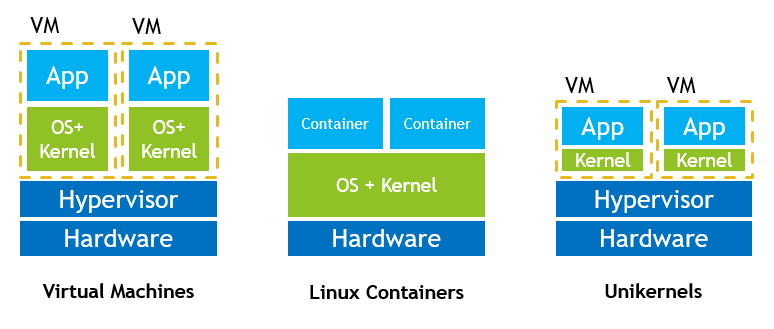


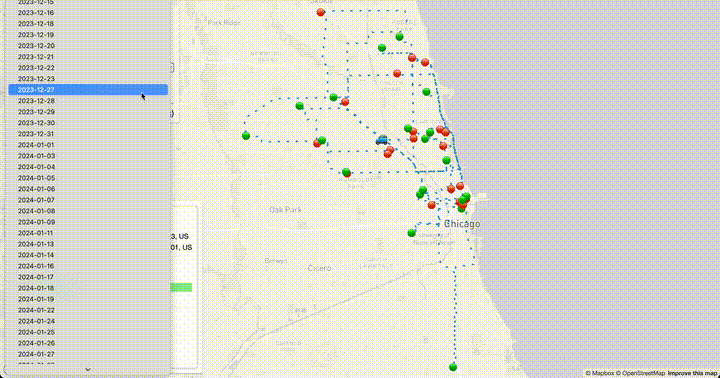








![[DEALS] Microsoft Visual Studio Professional 2022 + The Premium Learn to Code Certification Bundle (97% off) & Other Deals Up To 98% Off](https://www.javacodegeeks.com/wp-content/uploads/2012/12/jcg-logo.jpg)



![From Accountant to Data Engineer with Alyson La [Podcast #168]](https://cdn.hashnode.com/res/hashnode/image/upload/v1744420903260/fae4b593-d653-41eb-b70b-031591aa2f35.png?#)







































































































.png?#)









































































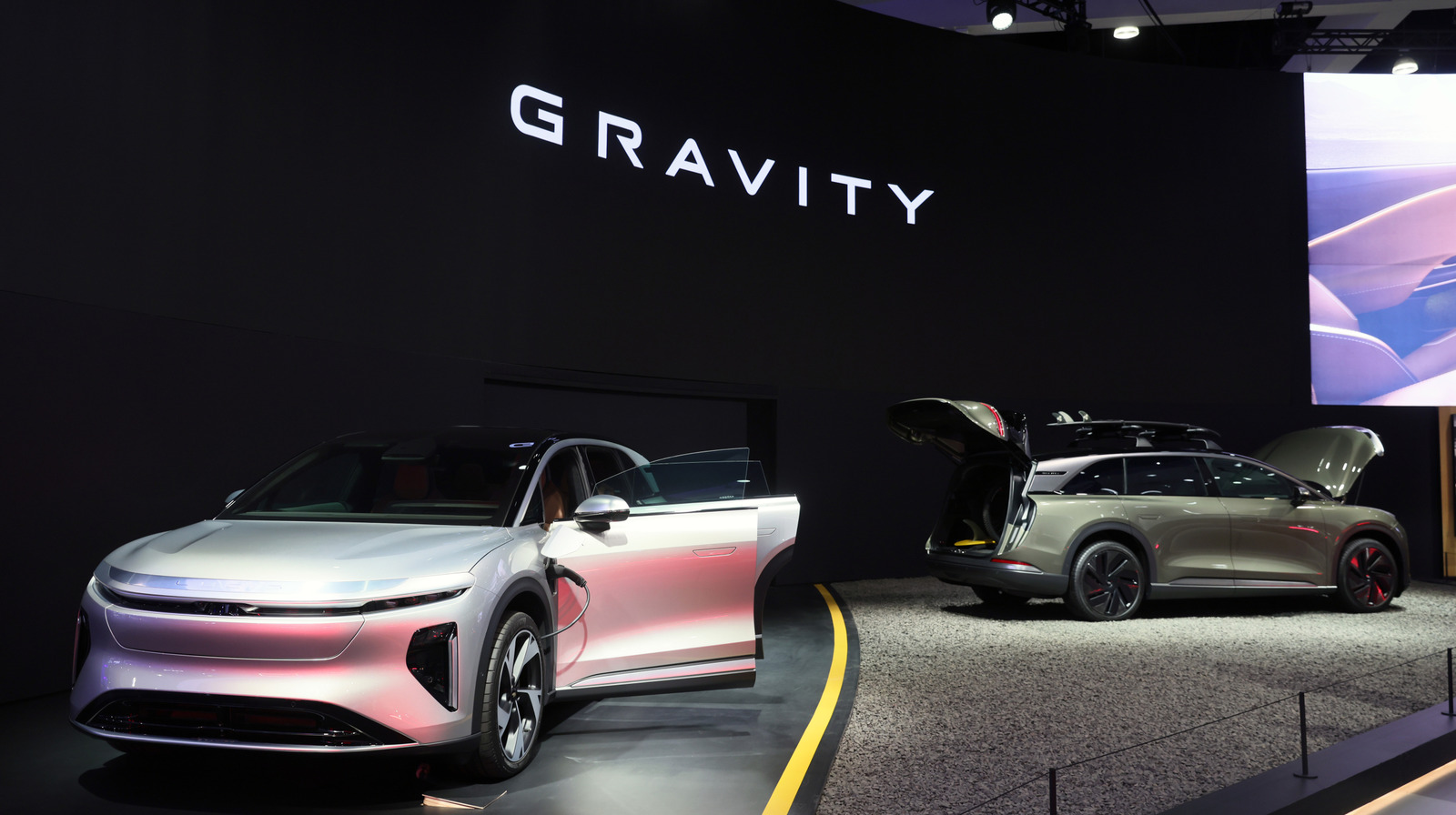



































































![iPadOS 19 Will Be More Like macOS [Gurman]](https://www.iclarified.com/images/news/97001/97001/97001-640.jpg)
![Apple TV+ Summer Preview 2025 [Video]](https://www.iclarified.com/images/news/96999/96999/96999-640.jpg)
![Apple Watch SE 2 On Sale for Just $169.97 [Deal]](https://www.iclarified.com/images/news/96996/96996/96996-640.jpg)
























































































































